On land, around the morning of November 6, this cold air mass will affect the mountainous areas of the North and the Northeast, and at noon and afternoon on November 6 it will affect other places in the Northeast. On the night of November 6, it will affect the North Central region, the Northwest region and some places in the Central Central region. The wind will turn to the Northeast inland at level 2-3; in coastal areas at level 3-4.
From the night of November 6, in the North and North Central regions, the weather will be cold at night and in the morning, and cold in the mountainous areas. During this cold air mass, the lowest temperature in the North and North Central regions will be from 20-23 degrees Celsius, and in the mountainous areas, 16-19 degrees Celsius.
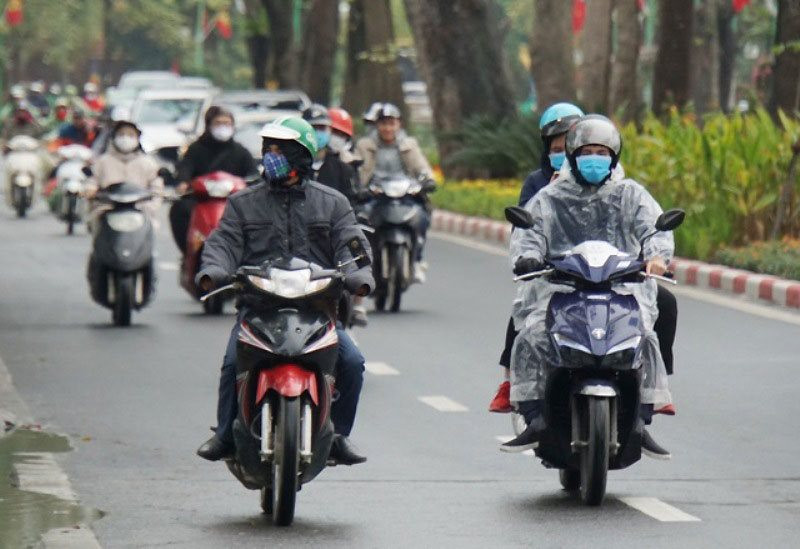
At sea, from the afternoon and night of November 6, in the Gulf of Tonkin, the wind will change direction to Northeast, strong level 5, sometimes level 6, gusting to level 7-8, waves 1-2 m high, rough seas. From the night of November 6, the North East Sea will have strong Northeast wind, level 6, gusting to level 8, waves 1.5-2.5 m high, rough seas.
During the day and night of November 6, the Northern region is likely to have the lowest temperature of 20-23 degrees Celsius, mountainous areas from 16-19 degrees Celsius, average temperature 23-25 degrees Celsius; the North Central region will have the lowest temperature of 21-24 degrees Celsius, average temperature 25-27 degrees Celsius.
Warning of the possibility of accompanying natural disasters, the Hydrometeorological Agency said that from early morning and on November 6, the North will have scattered showers and thunderstorms, with moderate rain and locally heavy rain in the mountainous and midland areas. The North Central region will have scattered showers and thunderstorms from the evening of November 6, with locally heavy rain and moderate rain. Thunderstorms may include tornadoes, lightning, hail and strong gusts of wind.
Thunderstorms accompanied by tornadoes, lightning, hail and strong gusts of wind can affect agricultural production, cause trees to fall, damage houses, traffic works and infrastructure. Thunderstorms can cause tornadoes, lightning, hail and strong gusts of wind, flash floods on small rivers and streams, and landslides on steep slopes. Localized heavy rain can cause flooding in low-lying areas.
Strong winds and large waves at sea are likely to affect boating and other activities.
Source

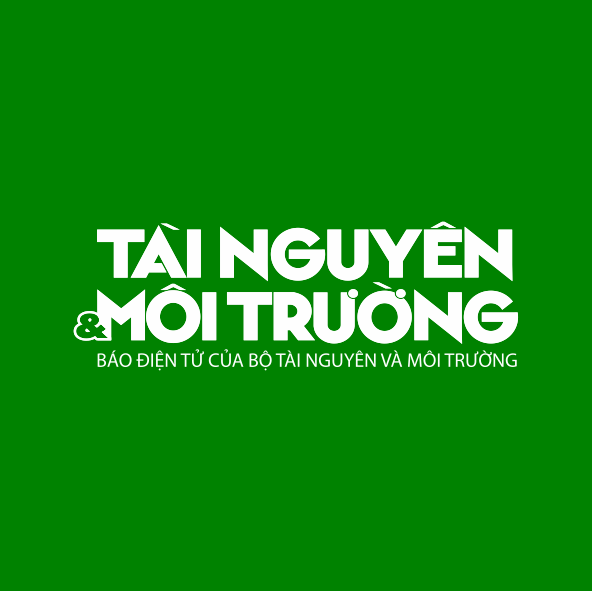

![[Photo] People choose places to watch the parade from noon on April 29](https://vstatic.vietnam.vn/vietnam/resource/IMAGE/2025/4/29/3f7525d7a7154d839ff9154db2ecbb1b)

![[Photo] Students enthusiastically participate in the contest for the title of Champion and write beautifully](https://vstatic.vietnam.vn/vietnam/resource/IMAGE/2025/4/29/c4a774bd8a874b37bd782ad2b9fa0613)
![[Photo] National Assembly Chairman Tran Thanh Man receives Vice Chairman of the Belarusian House of Representatives](https://vstatic.vietnam.vn/vietnam/resource/IMAGE/2025/4/29/fe0423b91f194dfaa208ccdba083f57c)
![[Photo] Hanoi's gateway is crowded with people leaving the capital to return to their hometowns for the holidays](https://vstatic.vietnam.vn/vietnam/resource/IMAGE/2025/4/29/2dd3f569577d4491acc391239221adf9)


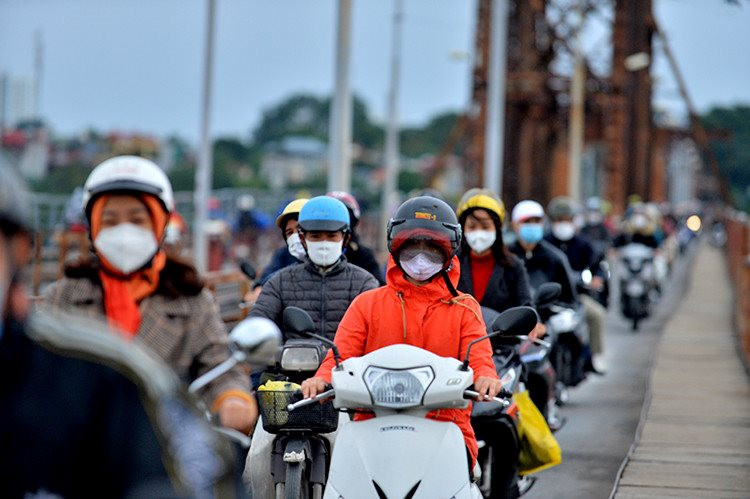
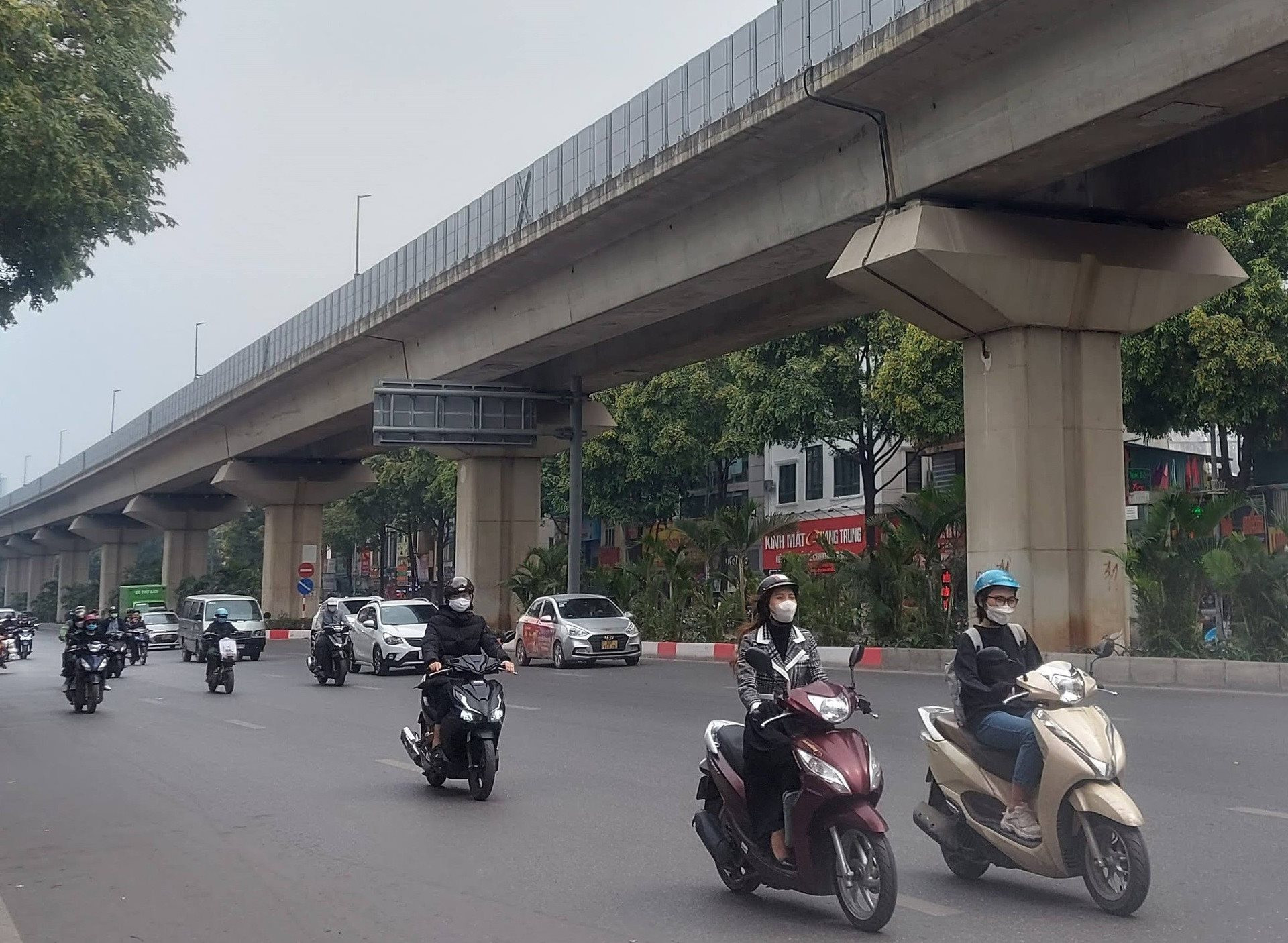
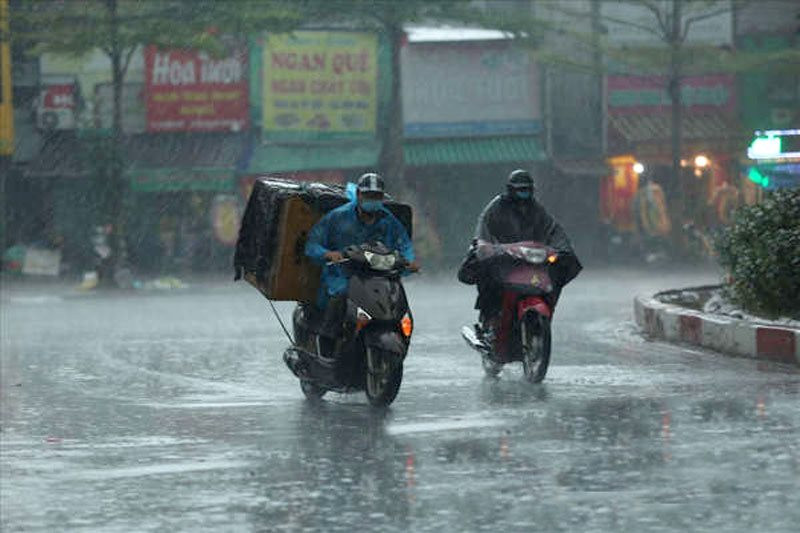
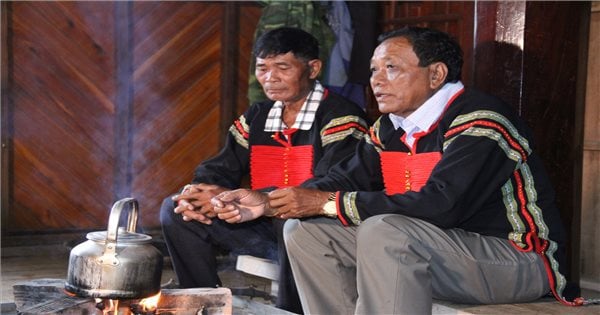


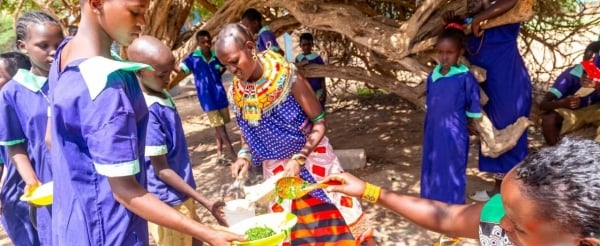
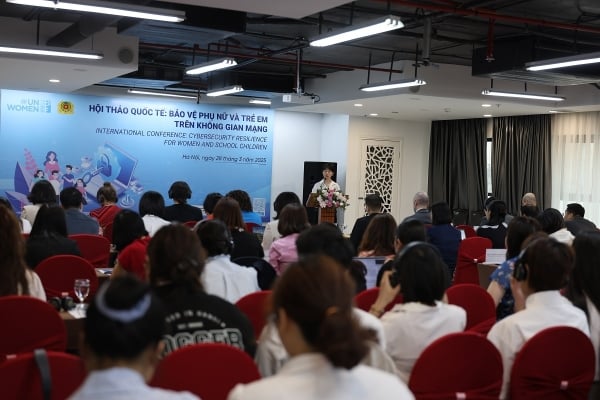









![[Photo] General Secretary To Lam receives General Secretary and President of Laos Thongloun Sisoulith](https://vstatic.vietnam.vn/vietnam/resource/IMAGE/2025/4/29/d64b36db7cbf4607870ba7d6ed6a5812)




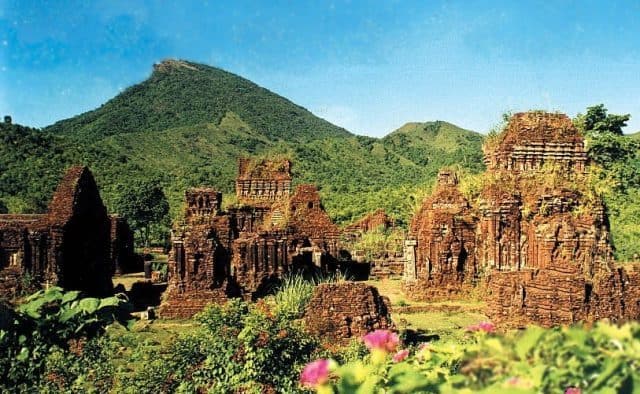





































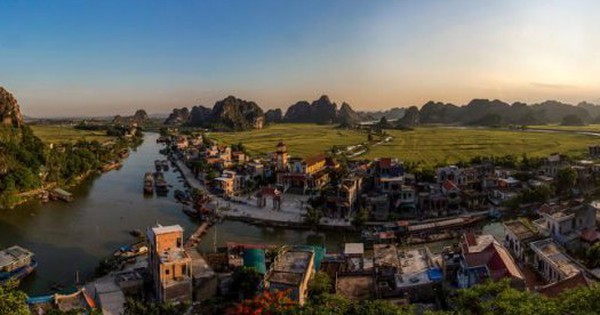

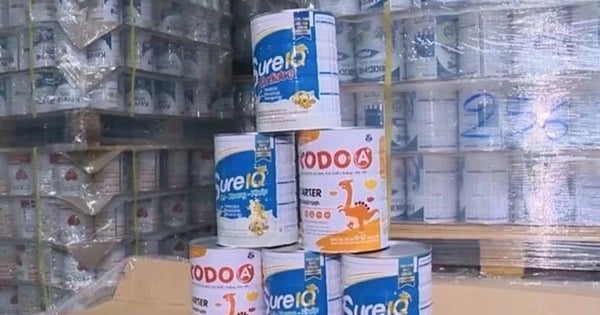








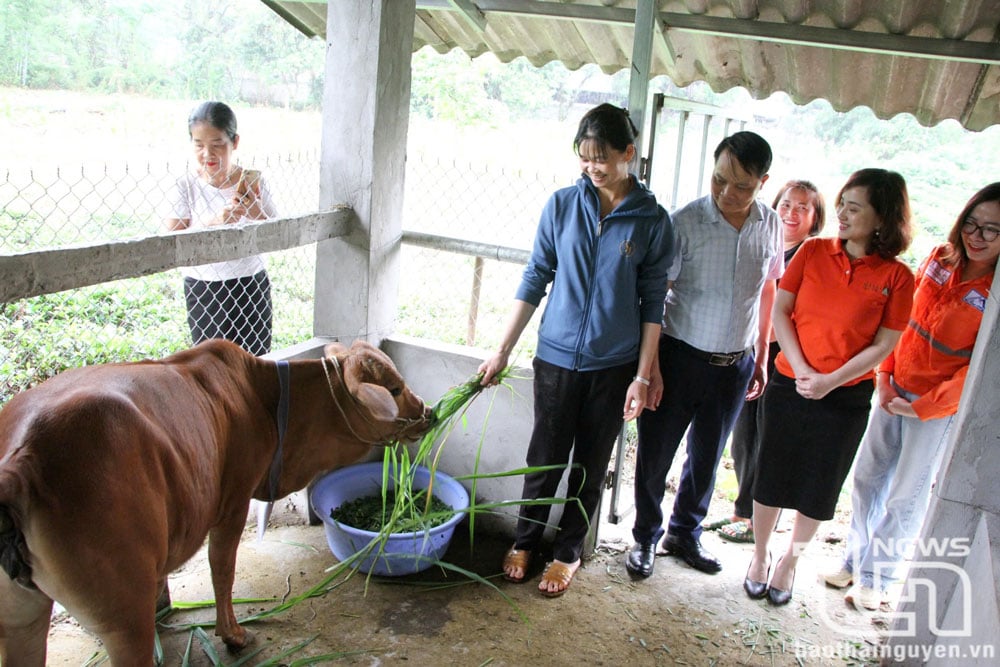















Comment (0)